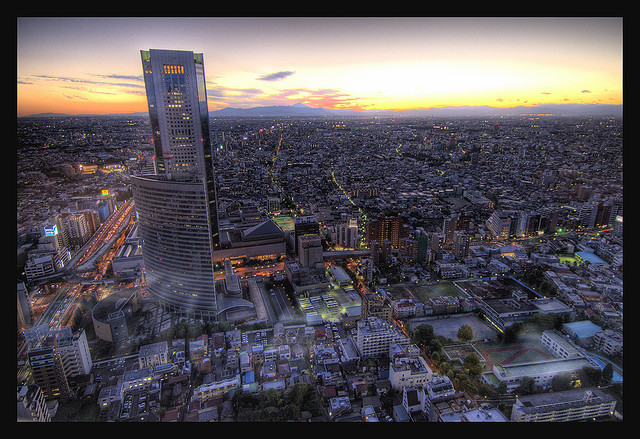Japan’s Government Pension Investment Fund (GPIF) is in the midst of a portfolio shake-up that involves doubling its domestic and foreign stock holdings and cutting its domestic bond allocation by nearly 50 percent.
The GPIF isn’t nicknamed “the whale” for nothing – when the world’s largest pension fund moves, it makes waves that can be felt throughout the market.
That’s the case now, according to Bloomberg:
“We can only guess from piecing together the data, but it would seem natural that GPIF, called ‘the whale’ by the market, is moving toward its new portfolio targets,” said Takafumi Yamawaki, the chief rates strategist in Tokyo at JPMorgan Chase & Co. “As the Bank of Japan’s massive bond purchases have reduced liquidity, small catalysts can cause fluctuations in the yield. GPIF’s selling could expedite swings.”
GPIF, the world’s largest pension, pledged in October to reduce its holdings of Japanese debt by about half and double foreign assets and domestic equities, just as the BOJ expanded its unprecedented bond-buying stimulus. The pension’s shift may have exacerbated the decline of local bonds, the second-worst performing government security in the past month, while accelerating the weakening yen and boosting stocks at home, Yamawaki said.
[…]
The impact on overseas equities and the yen is smaller as GPIF’s purchases pale in comparison to global market values, said Jonathan Garner, chief strategist for Asia and emerging markets at Morgan Stanley in Hong Kong.
“The main importance is for the domestic equity market,” Garner said in a phone interview on Feb. 12. “It’s another reason to be quite bullish on Japanese stocks.”
Kazuhiko Ogata, an economist at Credit Agricole SA, said tight liquidity in the market is magnifying the effect of GPIF’s domestic bond reduction, causing sharp swings in yields.
The GPIF manages $1.1 trillion in assets.
Photo by Ville Miettinen via FLickr CC License
